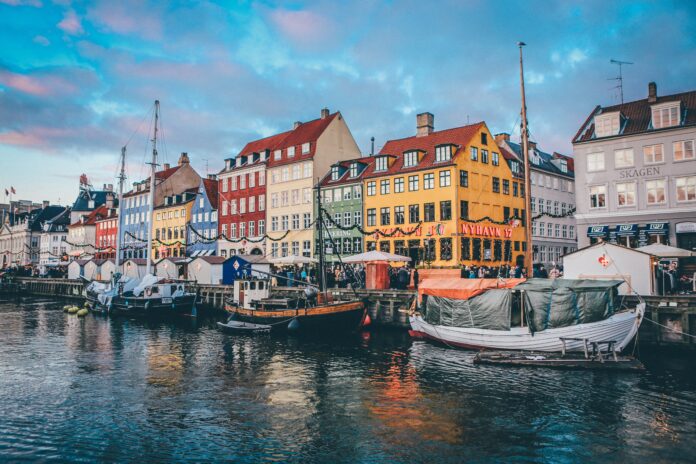Denmark, a small but historically rich Nordic nation, has been blessed with a remarkable monarch for nearly five decades – Queen Margrethe II. Ascending to the throne on January 14, 1972, Queen Margrethe has been a symbol of stability, grace, and dedication in the hearts of the Danish people. In this article, we will explore the life, reign, and contributions of Queen Margrethe II, highlighting her significance as the queen of Denmark.
Early Life and Education
Queen Margrethe Alexandrine Þorhildur Ingrid was born on April 16, 1940, to King Frederick IX and Queen Ingrid of Denmark. Raised alongside her two sisters, Queen Anne-Marie of Greece and Princess Benedikte, Margrethe received a well-rounded education that included rigorous academic studies, art, and culture. This early upbringing laid the foundation for her future role as a patron of the arts and a promoter of Danish culture.
Her reign began under unusual circumstances as the Danish monarchy underwent a change in the line of succession. Prior to her becoming queen, Denmark practiced male-preference primogeniture, which meant that her younger brother, Prince Knud, was the heir apparent. However, in 1953, the Danish constitution was amended to allow for equal succession rights, paving the way for Margrethe to ascend the throne.
A Queen of Many Talents
Queen Margrethe II is known for her diverse talents and interests. She has a deep love for the arts, and she is an accomplished painter, costume designer, and translator. Her artistic contributions are reflected in her numerous paintings and her design of costumes for theatrical productions, including those at the Royal Danish Theatre. Her artistic flair and creativity have earned her respect not only as a monarch but also as a cultural icon.
Furthermore, Queen Margrethe has shown dedication to her people through her extensive travels within Denmark and abroad. She has a unique ability to connect with the Danish population, often attending public events and ceremonies that strengthen the bonds between the monarchy and the people.
A Symbol of Unity
Throughout her reign, Queen Margrethe II has been a symbol of unity and continuity in Denmark. Her strong sense of duty and her commitment to the welfare of her subjects have earned her the love and respect of the Danish people. During challenging times, such as the global financial crisis and the COVID-19 pandemic, she has provided solace and reassurance to her nation, emphasizing the importance of solidarity and resilience.
In addition to her ceremonial role, Queen Margrethe has played a vital part in maintaining Denmark’s cultural heritage. Her passion for preserving Danish traditions and language has made her a guardian of Danish identity. Her efforts to promote Danish culture and history are evident in her speeches, artworks, and involvement in various cultural events.
Legacy and the Future
As Queen Margrethe II’s reign continues, Denmark looks to the future with optimism. Her son, Crown Prince Frederik, and his wife, Crown Princess Mary, have already begun to take on more significant roles in the monarchy, ensuring the continuation of the Danish royal tradition. Queen Margrethe’s legacy as a dedicated and compassionate leader will undoubtedly endure for generations to come.
Queen Margrethe II of Denmark has been a steadfast and beloved monarch, who has dedicated her life to serving her country and her people. Her reign has been marked by grace, dignity, and a deep commitment to preserving Danish culture and heritage. As Denmark continues to evolve, Queen Margrethe’s legacy will remain a source of inspiration and pride for the nation, reminding everyone of the enduring value of tradition and unity in a modern world.
Photo by Nick Karvounis on Unsplash
Views: 16






